-
 bitcoin
bitcoin $122025.899241 USD
-2.12% -
 ethereum
ethereum $4488.068729 USD
-4.11% -
 bnb
bnb $1315.348019 USD
8.65% -
 tether
tether $1.000457 USD
0.03% -
 xrp
xrp $2.875326 USD
-3.69% -
 solana
solana $222.043604 USD
-4.07% -
 usd-coin
usd-coin $0.999682 USD
0.00% -
 dogecoin
dogecoin $0.249887 USD
-5.62% -
 tron
tron $0.337379 USD
-2.59% -
 cardano
cardano $0.827763 USD
-5.06% -
 hyperliquid
hyperliquid $45.774531 USD
-2.43% -
 chainlink
chainlink $22.079309 USD
-5.87% -
 ethena-usde
ethena-usde $1.000156 USD
0.02% -
 sui
sui $3.482566 USD
-3.57% -
 stellar
stellar $0.386982 USD
-4.92%
How do NFTs prevent counterfeiting and plagiarism?
Blockchain ensures NFT authenticity through immutable ledgers, cryptographic signatures, and transparent ownership history, making forgery nearly impossible.
Sep 30, 2025 at 12:01 am
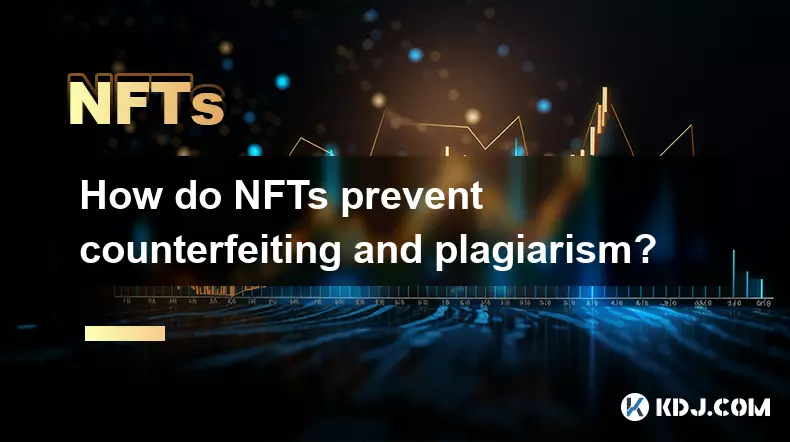
Understanding the Role of Blockchain in NFT Authenticity
1. Each NFT is built on a blockchain, typically Ethereum or similar decentralized networks, which provides an immutable ledger for ownership and transaction history. This means once an NFT is minted, its data cannot be altered or duplicated without detection.
2. The blockchain records every transfer of the NFT, creating a transparent chain of custody that can be verified by anyone. This transparency makes it nearly impossible to forge ownership or claim someone else’s digital asset as your own.
3. Smart contracts govern the behavior of NFTs, including rules around royalties, transfers, and authenticity checks. These self-executing agreements are coded directly into the blockchain, eliminating intermediaries and reducing opportunities for manipulation.
4. Public keys and cryptographic signatures ensure that only the rightful owner can initiate transactions involving their NFT. Any attempt to replicate or redistribute the file without authorization will lack this digital signature, rendering it invalid within the ecosystem.
5. Decentralization removes reliance on a single authority to verify legitimacy. Instead, consensus mechanisms across thousands of nodes validate each transaction, making large-scale counterfeiting computationally impractical and economically unfeasible.
Digital Fingerprinting and Metadata Integrity
1. NFTs contain unique metadata that describes the asset they represent, including attributes like title, creator, timestamp, and a hash of the associated digital file. This metadata acts as a digital fingerprint tied permanently to the token.
2. When a digital artwork or collectible is minted as an NFT, its content is often hashed using algorithms like SHA-256. Even a minor change in the original file produces a completely different hash, immediately flagging potential tampering.
3. Some platforms store the actual media off-chain (e.g., on IPFS), but the NFT includes a link to this content along with its cryptographic hash. If the linked file is altered, the hash no longer matches, exposing the inconsistency.
4. Creators can embed verifiable credentials directly into the NFT’s metadata, such as proof of creation date or links to official social media announcements. This strengthens provenance and deters plagiarists who lack access to such documentation.
5. The immutability of metadata ensures that critical information about the origin and history of the digital item remains intact, providing a reliable foundation for trust in the marketplace.
Community Verification and Reputation Systems
1. Active communities surrounding NFT projects often act as watchdogs, quickly identifying suspicious listings or unauthorized reproductions of popular works. Social consensus plays a powerful role in maintaining ecosystem integrity.
2. Marketplaces like OpenSea or Blur implement reporting tools and moderation policies to remove counterfeit items when flagged. While not perfect, these systems rely on user input to maintain quality control.
3. Verified artist profiles and curated collections add another layer of assurance. Platforms authenticate high-profile creators, making impersonation more difficult and increasing accountability.
4. Plagiarized NFTs may technically exist on the blockchain, but they lack social recognition and resale value. Collectors prioritize authenticity, so fake versions struggle to gain traction even if they pass initial technical checks.
5. Reputation becomes a de facto security mechanism—artists with established followings benefit from community-backed validation, discouraging bad actors from attempting replication.
Challenges and Limitations in Anti-Counterfeiting Measures
1. While NFTs secure ownership records, they do not inherently protect the underlying digital file from being copied or screenshot. The distinction lies in ownership versus reproduction, which many newcomers misunderstand.
2. Some malicious actors mint NFTs based on others’ artwork without permission, exploiting lax verification processes on certain marketplaces. This highlights the need for proactive monitoring by creators.
3. Metadata can sometimes be mutable depending on how the NFT was created, allowing potential alterations post-minting. Immutable metadata standards are preferred but not universally enforced.
4. Centralized storage solutions for NFT-linked media introduce risks—if the server goes down or the file is replaced, the integrity of the asset is compromised despite blockchain guarantees.
5. Legal frameworks lag behind technological developments, making enforcement against plagiarism complex. Copyright claims require jurisdiction-specific actions, which can be slow and costly.
Frequently Asked Questions
Can someone copy my NFT and sell it as theirs?Yes, technically they can upload the same image and mint a new NFT, but it won’t have the original’s transaction history or provenance. Buyers familiar with the space can distinguish between legitimate tokens and copies through blockchain analysis.
Does owning an NFT mean I own the copyright to the artwork?Not necessarily. Unless explicitly stated in the smart contract or accompanying license, NFT ownership usually grants possession of the token, not intellectual property rights to the content it represents.
How can artists protect their work from being turned into NFTs without consent?Artists can register their work on specialized registries, use watermarking, monitor major marketplaces, and issue takedown requests under DMCA or similar laws when unauthorized NFTs appear.
What happens if two NFTs claim to represent the same piece of art?The one with verifiable minting history from the recognized creator holds legitimacy. Community reputation, platform verification, and transaction trail help determine which token is authentic.
Disclaimer:info@kdj.com
The information provided is not trading advice. kdj.com does not assume any responsibility for any investments made based on the information provided in this article. Cryptocurrencies are highly volatile and it is highly recommended that you invest with caution after thorough research!
If you believe that the content used on this website infringes your copyright, please contact us immediately (info@kdj.com) and we will delete it promptly.
- BlockDAG, DOGE, HYPE Sponsorship: Crypto Trends Shaping 2025
- 2025-10-01 00:25:13
- Deutsche Börse and Circle: A StableCoin Adoption Powerhouse in Europe
- 2025-10-01 00:25:13
- BlockDAG's Presale Buzz: Is It the Crypto to Watch in October 2025?
- 2025-10-01 00:30:13
- Bitcoin, Crypto, and IQ: When Genius Meets Digital Gold?
- 2025-10-01 00:30:13
- Stablecoins, American Innovation, and Wallet Tokens: The Next Frontier
- 2025-10-01 00:35:12
- NBU, Coins, and Crypto in Ukraine: A New Yorker's Take
- 2025-10-01 00:45:14
Related knowledge
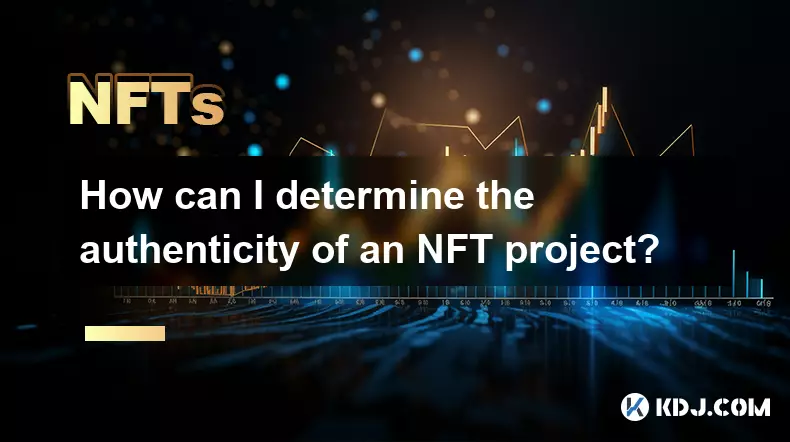
How can I determine the authenticity of an NFT project?
Sep 23,2025 at 05:18pm
Understanding the Project Team and Their Background1. Research the identities of the team members behind the NFT project. Verified social media profil...
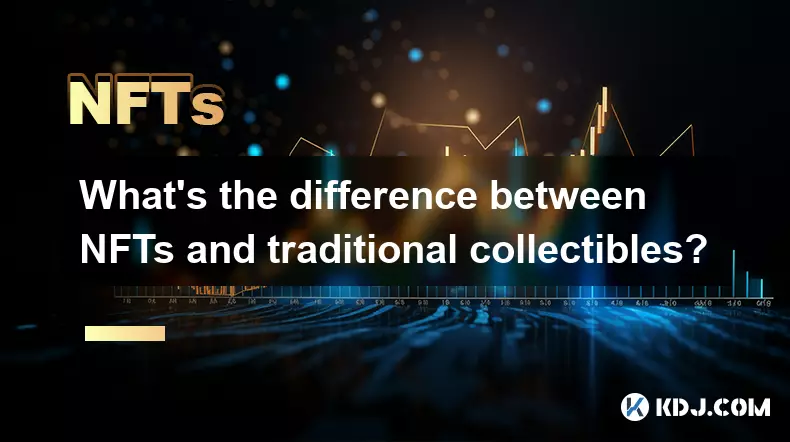
What's the difference between NFTs and traditional collectibles?
Sep 19,2025 at 12:55pm
Digital Ownership and Provenance1. NFTs are built on blockchain technology, which ensures transparent and immutable records of ownership. Every transa...
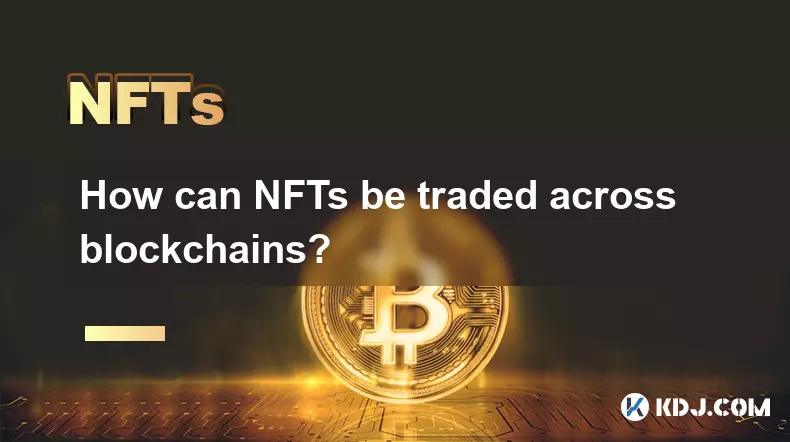
How can NFTs be traded across blockchains?
Sep 19,2025 at 12:00pm
Understanding Cross-Chain NFT Trading1. Non-fungible tokens (NFTs) are digital assets that represent ownership of unique items on a blockchain. Origin...
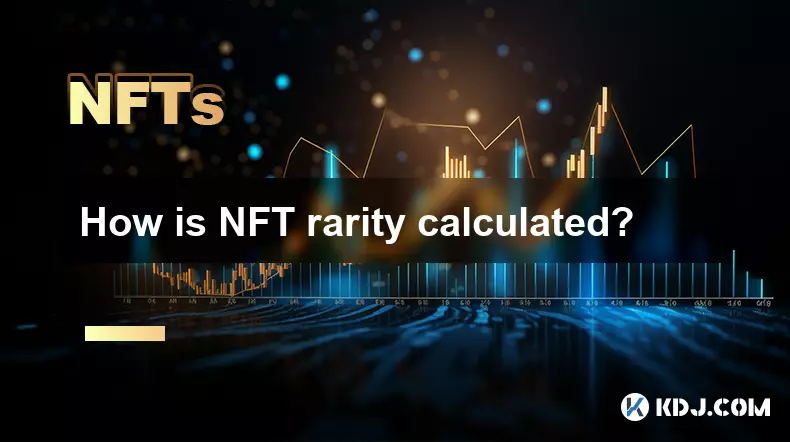
How is NFT rarity calculated?
Sep 18,2025 at 07:54pm
Understanding NFT Rarity Metrics1. NFT rarity is determined by analyzing the uniqueness of individual traits within a collection. Each NFT typically c...
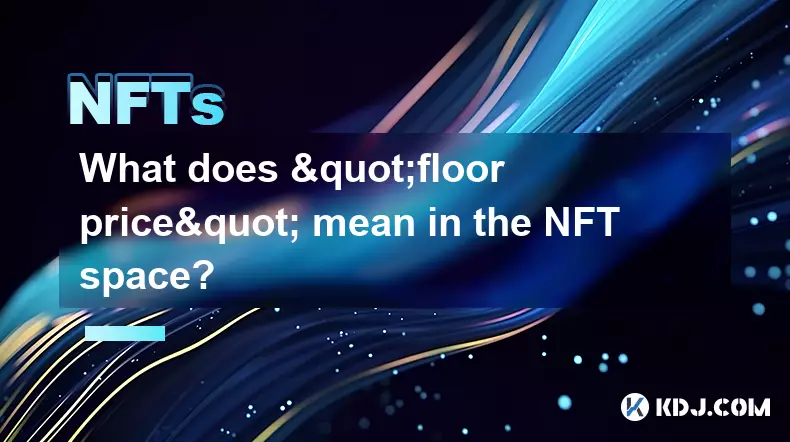
What does "floor price" mean in the NFT space?
Sep 22,2025 at 06:36am
Floor Price: A Core Metric in the NFT Marketplace1. The term floor price refers to the lowest current asking price for any item within a specific NFT ...

How do NFTs help content creators?
Sep 18,2025 at 08:00am
NFTs Empower Creators with Ownership and Monetization1. NFTs provide content creators with verifiable ownership of their digital works, ensuring authe...

How can I determine the authenticity of an NFT project?
Sep 23,2025 at 05:18pm
Understanding the Project Team and Their Background1. Research the identities of the team members behind the NFT project. Verified social media profil...

What's the difference between NFTs and traditional collectibles?
Sep 19,2025 at 12:55pm
Digital Ownership and Provenance1. NFTs are built on blockchain technology, which ensures transparent and immutable records of ownership. Every transa...

How can NFTs be traded across blockchains?
Sep 19,2025 at 12:00pm
Understanding Cross-Chain NFT Trading1. Non-fungible tokens (NFTs) are digital assets that represent ownership of unique items on a blockchain. Origin...

How is NFT rarity calculated?
Sep 18,2025 at 07:54pm
Understanding NFT Rarity Metrics1. NFT rarity is determined by analyzing the uniqueness of individual traits within a collection. Each NFT typically c...

What does "floor price" mean in the NFT space?
Sep 22,2025 at 06:36am
Floor Price: A Core Metric in the NFT Marketplace1. The term floor price refers to the lowest current asking price for any item within a specific NFT ...

How do NFTs help content creators?
Sep 18,2025 at 08:00am
NFTs Empower Creators with Ownership and Monetization1. NFTs provide content creators with verifiable ownership of their digital works, ensuring authe...
See all articles










































































